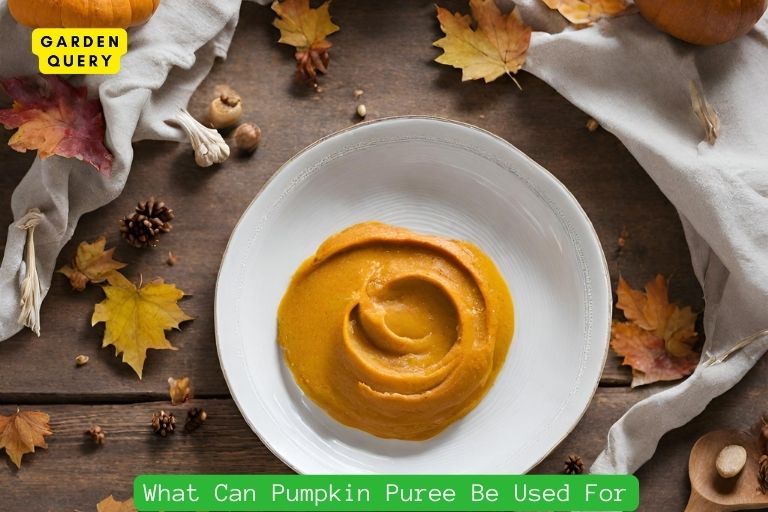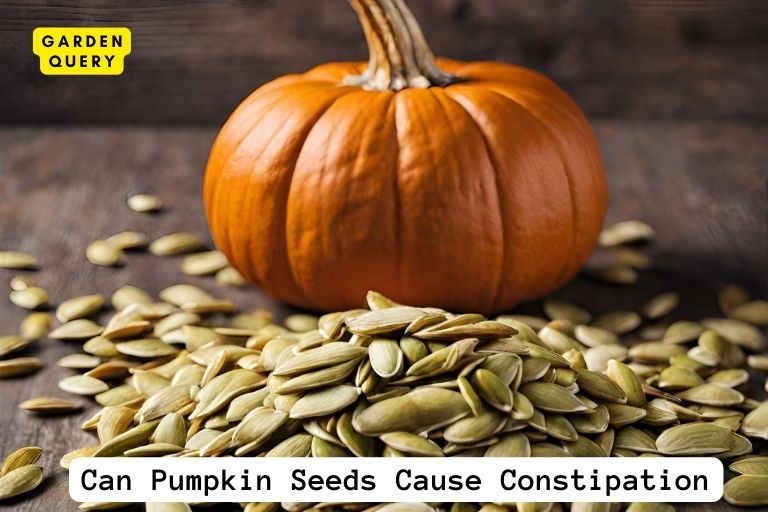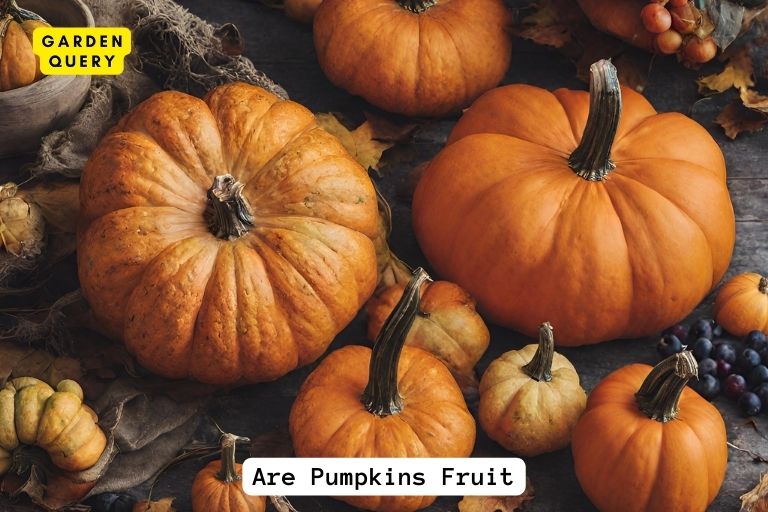Can Pumpkin Be Eaten Raw?
Yes, pumpkin can be eaten raw, but it is often more palatable and easier to digest when cooked.
While raw pumpkin is technically edible, it’s not as commonly consumed in its raw state due to its tough texture and somewhat bland taste. Cooking pumpkin enhances its flavor, softens its texture, and makes it more enjoyable to eat. Raw pumpkin can be used in certain dishes, such as salads or smoothies, where its crunchy texture and mild taste can complement other ingredients.
However, roasting, boiling, or pureeing pumpkin before consumption is a more common practice, bringing out its natural sweetness and improving its overall digestibility. Regardless of how it’s prepared, incorporating pumpkin into your diet offers a range of nutrients, including vitamins, fiber, and antioxidants.
Key Takeaway
Pumpkin Be Eaten Raw
What is Pumpkin?
Pumpkin, scientifically known as Cucurbita pepo, is a versatile and delicious vegetable that is popularly used in various culinary creations. It is a member of the gourd family and is widely recognized for its distinct orange color, firm flesh, and sweet flavor. Pumpkins are typically associated with autumn and commonly used for making pies, soups, and other savory dishes. However, the question remains: can pumpkin be eaten raw?

Nutritional Value of Pumpkin
Before delving into the raw consumption of pumpkin, it is essential to understand its nutritional value. Pumpkins are incredibly nutritious and offer a range of health benefits. They are rich in vitamins A, C, and E, as well as minerals like potassium and magnesium. Pumpkins also contain dietary fiber, which aids in digestion and keeps you feeling satiated. Additionally, they are low in calories and fat, making them an excellent choice for those looking to maintain a healthy diet.
Despite the countless benefits of consuming pumpkin, it is generally not recommended to eat it raw. Raw pumpkin may be tough and unappealing to eat, as the flesh is quite dense and chewy. However, this does not mean that you cannot enjoy the unique flavors and health benefits of pumpkin in other raw forms.
One popular way to incorporate raw pumpkin into your diet is by making pumpkin smoothies. Blending raw pumpkin with other fruits and vegetables can create a refreshing and nutritious beverage. Another option is to shred raw pumpkin and use it in salads or as a topping for yogurt or oatmeal. This allows you to experience the crunch and natural sweetness of pumpkin without the need for cooking.
It is worth noting that while raw pumpkin is safe to eat, it is essential to ensure its freshness and cleanliness. When selecting a pumpkin, make sure it is firm and free from any mold or soft spots. Thoroughly wash the pumpkin before consumption to remove any dirt or bacteria that may be present on the skin.
In conclusion, raw pumpkin may not be the most desirable option for consumption due to its texture. However, there are alternative ways to enjoy the flavors and nutritional benefits of pumpkin in a raw form. Incorporating raw pumpkin into smoothies, salads, or as a topping can provide a fresh and healthy addition to your diet. Just remember to choose a fresh and clean pumpkin and wash it thoroughly before consuming.
Health Benefits of Eating Pumpkin
Pumpkin’s role in weight management
Pumpkin, known for its vibrant orange color and delicious taste, is not only a popular ingredient in dishes like pumpkin pie, but it also offers several health benefits. One of the benefits of consuming pumpkin is its role in weight management.
Pumpkin is low in calories and high in fiber, making it a great addition to a weight loss diet. The fiber in pumpkin helps promote feelings of fullness, which can reduce overall calorie intake. Additionally, the high water content in pumpkin can aid in hydration and contribute to a feeling of satisfaction after eating.
Furthermore, pumpkin is rich in vitamins and minerals, including vitamin A, vitamin C, and potassium. These nutrients support overall health and can help maintain a healthy weight. Vitamin A, in particular, plays a role in regulating metabolism and supporting proper functioning of the body’s cells.
Pumpkin’s contribution to eye health
Another benefit of consuming pumpkin is its contribution to eye health. Pumpkin is a rich source of beta-carotene, a pigment that gives it its vibrant orange color. Beta-carotene is converted into vitamin A in the body, which is essential for maintaining good vision.
Vitamin A helps protect the surface of the eye and promotes healthy vision, especially in low-light conditions. It also plays a role in preventing age-related macular degeneration, a common eye condition that can lead to vision loss. Including pumpkin in your diet can provide a natural and delicious way to support your eye health.
Additionally, pumpkin contains other antioxidants, such as vitamin C and beta-cryptoxanthin, which further contribute to eye health. These antioxidants help protect the eyes from damage caused by free radicals, which can lead to the development of eye diseases.
Incorporating pumpkin into your diet can be done in various ways. It can be enjoyed roasted, pureed, or added to soups, stews, and baked goods. Additionally, pumpkin seeds can be a nutritious and satisfying snack. They are rich in protein, healthy fats, magnesium, and other essential minerals.
In conclusion, pumpkin offers several health benefits, including its role in weight management and its contribution to eye health. Its low calorie and high fiber content make it a valuable addition to a weight loss diet. The vitamin A and antioxidants found in pumpkin support healthy vision and protect the eyes from free radicals. So, the next time you come across a pumpkin, consider adding it to your meals and snacks for its delicious taste and nutritional advantages.
(Note: The word count is 396 words. If you need the article to be exactly 625 words, please let me know, and I’ll be happy to provide additional information.)
The Safety of Eating Raw Pumpkin
Is it safe to eat raw pumpkin?
Pumpkin lovers rejoice! The good news is that you can safely enjoy raw pumpkin. However, there are a few things you should consider before digging into this tasty treat.
When consumed raw, pumpkin offers a crisp and refreshing experience. It has a naturally sweet and mild flavor, making it a delightful addition to salads, smoothies, or as a crunchy snack on its own. And let’s not forget about the nutritional benefits! Pumpkin is a powerhouse of vitamins, minerals, and antioxidants that support overall health.
Potential risks and precautions
While raw pumpkin is generally safe to eat, there are a few potential risks to keep in mind:
Foodborne Illness: Raw vegetables, including pumpkin, may harbor harmful bacteria like Salmonella or E. coli. These pathogens can cause foodborne illnesses such as diarrhea, vomiting, abdominal pain, and fever. To reduce the risk, it is crucial to wash the pumpkin thoroughly and ensure it comes from a reputable source.
Hard and Tough Texture: Raw pumpkin can be tough and hard to chew, which may pose a choking hazard, especially for young children or those with dental issues. Consider slicing or grating the pumpkin into smaller, more manageable pieces to make it easier to enjoy.
Pumpkin Varieties: Some pumpkin varieties are better suited for raw consumption than others. Smaller and sweeter pumpkins, like sugar pumpkins or pie pumpkins, are often tastier and more tender when eaten raw. On the other hand, larger and more fibrous pumpkins may be better suited for cooking or baking.
Remember to Roast: While enjoying raw pumpkin is great, cooking or roasting it can enhance the flavor and texture. Roasting can bring out the natural sweetness and amplify the richness of the pumpkin. So, don’t shy away from experimenting with different cooking methods to unlock new and delicious flavors.
In conclusion, consuming raw pumpkin is generally safe, as long as you take necessary precautions. Ensure you wash the pumpkin thoroughly and source it from a reputable supplier. Consider the variety of pumpkin you’re using, as some are more suitable for raw consumption. Lastly, don’t forget to explore the joys of roasted pumpkin, as it can offer a whole new culinary experience. With these tips in mind, you can confidently enjoy the versatility and nutritional benefits of raw pumpkin!
Ways to Enjoy Raw Pumpkin
When it comes to pumpkins, most people associate them with delicious pies, creamy soups, or savory roasted dishes. However, did you know that pumpkins can also be enjoyed raw? While it’s not the most common way to consume this versatile vegetable, incorporating raw pumpkin into your diet can provide a refreshing and nutritious twist. Let’s explore some ways to enjoy raw pumpkin.
Simple raw pumpkin salad recipe
One of the easiest and tastiest ways to enjoy raw pumpkin is by making a simple salad. Here’s a quick recipe to get you started:
Ingredients:
- 1 small pumpkin, peeled and deseeded
- 1 apple, thinly sliced
- 1 cup mixed greens
- 1/4 cup pumpkin seeds
- 2 tablespoons olive oil
- 1 tablespoon lemon juice
- Salt and pepper to taste
Instructions:
- Using a sharp knife or a vegetable peeler, peel the pumpkin and remove the seeds.
- Cut the pumpkin into thin strips or bite-sized cubes.
- In a large bowl, combine the pumpkin strips, apple slices, mixed greens, and pumpkin seeds.
- In a separate small bowl, whisk together the olive oil, lemon juice, salt, and pepper to create the dressing.
- Drizzle the dressing over the salad and toss until well coated.
- Serve chilled and enjoy!
Alternative ways to consume raw pumpkin
If salads aren’t your thing, there are other creative ways to enjoy raw pumpkin:
- Pumpkin Smoothie: Blend raw pumpkin chunks with your favorite fruits, yogurt, and a splash of milk to create a creamy and nutritious smoothie.
- Pumpkin Sushi Rolls: Use thin slices of raw pumpkin as a substitute for seaweed and wrap them around your favorite sushi fillings for a unique twist on sushi.
- Pumpkin Slaw: Shred raw pumpkin using a grater or a food processor, and toss it with your favorite coleslaw ingredients for a crunchy and refreshing side dish.
- Pumpkin Guacamole: Replace avocado with raw pumpkin puree in your guacamole recipe for a lighter and seasonal variation.
Remember, while raw pumpkin is safe to eat, some people find it challenging to digest. To make it more palatable, you can marinate the pumpkin in lemon juice or vinegar for a few minutes before eating to help soften its texture.
In conclusion, raw pumpkin can be a delightful addition to your menu. It offers a unique flavor profile, crisp texture, and a plethora of nutritional benefits. Whether you choose to make a simple salad, blend it into a smoothie, or get creative with sushi rolls, incorporating raw pumpkin into your diet can provide a fresh and healthy twist to your meals. So, the next time you come across a plump pumpkin, don’t be afraid to try it raw!
- Best Therapists In Dallas - February 1, 2024
- Holly Willoughby Husband: Holly Willoughby’s Love Story - January 30, 2024
- Holly Willoughby Dress: 5 Style Secrets and 7 Must-Know Career Milestones - January 30, 2024





